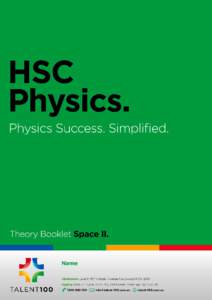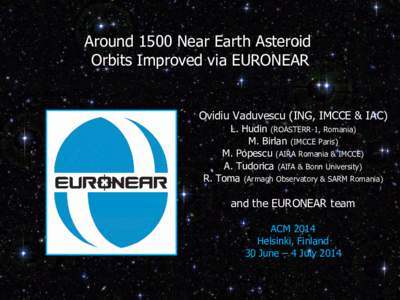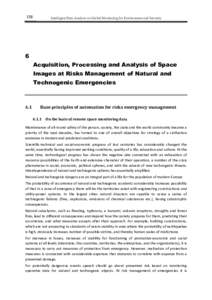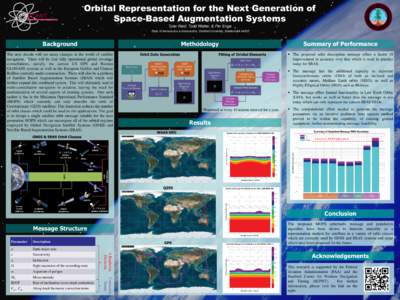<--- Back to Details
| First Page | Document Content | |
|---|---|---|
 Date: 2013-10-19 07:55:49Aerospace engineering Celestial mechanics Orbits Spacecraft propulsion Earth orbits Escape velocity Geocentric orbit Mass Elliptic orbit Astrodynamics Spaceflight Space technology |
Add to Reading List |
 Microsoft Word - Document1
Microsoft Word - Document1

